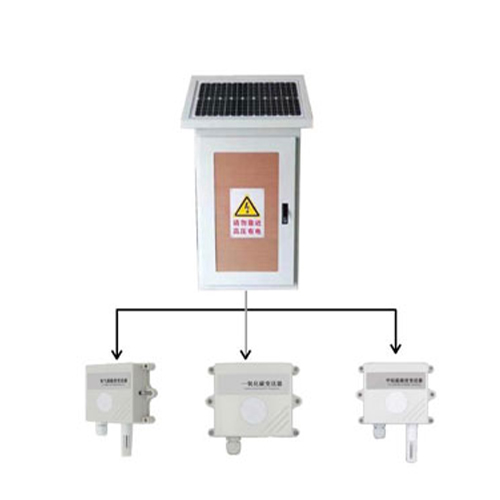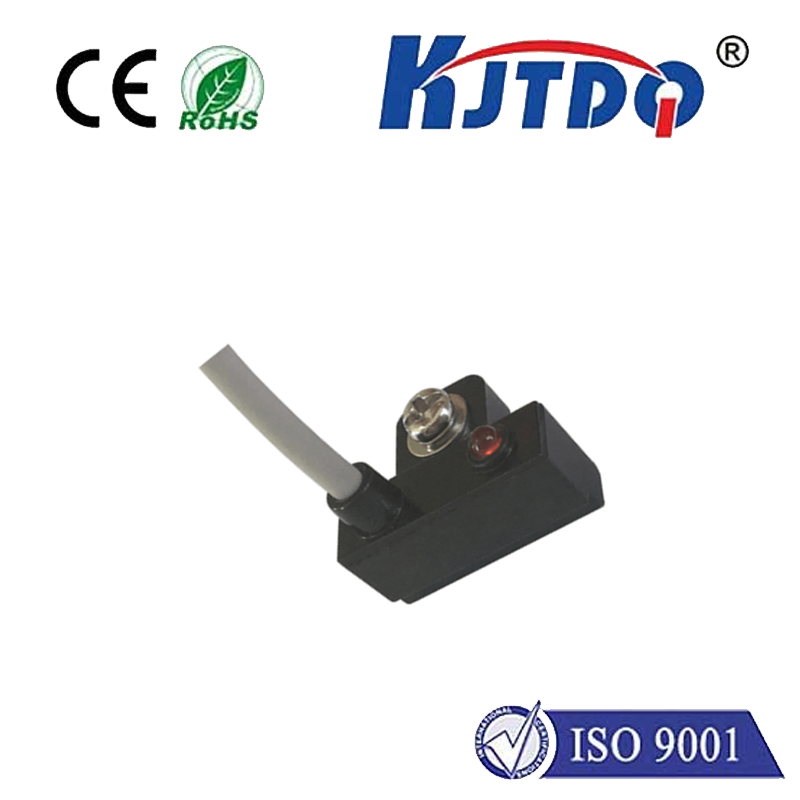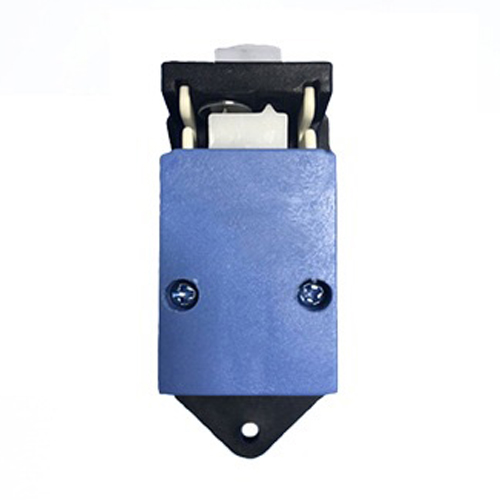

check

check

check

check

check

check

check

check

check

check
Title: The Role of Latching Limit Switches in Industrial Automation
Introduction
In the field of industrial automation, limit switches are essential components that play a crucial role in controlling the movement of machines and preventing damage to equipment. One type of limit switch that is widely used in various industries is the latching limit switch. This article will delve into the definition, working principle, advantages, and applications of latching limit switches.
Definition of Latching Limit Switches
A latching limit switch is a type of mechanical switch that combines the functionality of a traditional limit switch with a latch mechanism. It consists of two main components: the contacts and the latch. When the machine reaches a predetermined position or level, the contacts open, allowing the machine to move forward. However, when the machine tries to move beyond the set limits, the latch mechanism engages, closing the contacts and preventing further movement. Once the machine has reached its destination, the latch mechanism stays engaged until it is manually released or reset.
Working Principle of Latching Limit Switches
The working principle of latching limit switches can be explained using an example. Consider a factory assembly line where robots are used to assemble products. Each robot has a set of wheels that allow it to move along a linear path. A latching limit switch is installed on one end of the robot's path to prevent it from moving beyond a certain point. When the robot starts moving forward, the contacts on the limit switch open, allowing it to proceed. However, if the robot tries to move past the set limits, the latch mechanism engages, causing the contacts to close and stopping the robot's movement. Once the robot reaches its destination, the latch mechanism remains engaged until it is reset or released by a worker.
Advantages of Latching Limit Switches
There are several advantages associated with latching limit switches compared to traditional limit switches. Some key benefits include:
1. Safety: Latching limit switches provide enhanced safety features as they automatically prevent the machine from moving beyond its set limits. This helps to prevent accidents and injuries caused by faulty or misaligned machines.
2. Repeatability: With latching limit switches, it is easier to achieve consistent and accurate movements of machines, as the contacts remain closed until the machine has reached its desired position. This ensures precise and repeatable output.
3. Ease of use: The latch mechanism makes it simple to operate and maintain latching limit switches, as it eliminates the need for manual adjustments or resetting after each use. This reduces operational costs and downtime.
Applications of Latching Limit Switches
Latching limit switches find widespread use in various industries, including manufacturing, automotive, aerospace, and food processing. Some common applications include:
1. Factory automation: Latch limiting switches are commonly used in assembly lines to control movement of robots, conveyor belts, and other machinery. They help ensure safe and efficient production processes while reducing human errors.
2. Machine guidance systems: In robotics and CNC machining, latching limit switches are employed to provide precise positioning and motion control for robots and other devices. They enable smooth and predictable movements within a defined workspace.
3. Medical devices: In medical equipment such as imaging scanners and surgical instruments, latching limit switches are used to maintain stability during operation and prevent accidental disassembly or damage.
Conclusion
Latching limit switches have revolutionized industrial automation by providing reliable and safe control mechanisms for moving machines and equipment within defined boundaries. Their combination of mechanical switching with a latch mechanism offers numerous advantages over traditional limit switches, making them an essential component in modern industry applications. As technology continues to evolve, we can expect to see even more innovative applications of latching limit switches in various fields.









